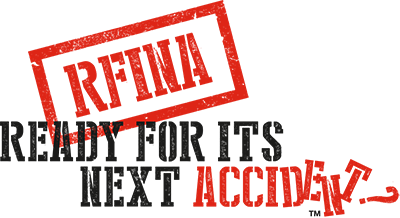Certification – Another Update
I posted two articles about certification in late December and there has been enough activity in the first few weeks of this year that an update is warranted.
In an interview with Collision Repair Magazine.com last week Andrew Shepard, the Director of the AIA Collision Sector and the administrator of CCIAP (Canadian Collision Industry Accreditation Program) told the interviewer that CCIAP had reached 1,000 shops registered in the program. He did not say how many of these shops had achieved accreditation, but at this point this is not as important as the fact that close to 25% of the collision repairers in Canada recognize that certification is an important validation of their training and upgrading efforts.
Most of these facilities are part of the four major banner programs and it is likely that their participation was encouraged, if not enforced, by the management teams of these programs. This is not at all a bad thing; they are involved and will all become better repairers for this involvement.
Independent, unaffiliated repair shops still make up the majority of the Canadian collision repair industry and these operators can continue to be an important part of the industry, but to that they have to stay current. This strong wave of banner shops becoming involved in the accreditation process will prompt progressive independents to also get involved and this will be good for the industry and all vehicle owners.
The insurance industry is supportive of CCIAP and with this support there will be a significant benefit to the entire repair process, and once again the vehicle owner. Accreditation involves equipment, training and very specific repair procedures. Acceptance of the requirements of accreditation by all parties takes away a lot of opinion, subjective thinking and ‘common sense’.
The repairer and insurer relationship demands the efficiency provided by the existing automated electronic claims processing systems. A widely accepted accreditation system will allow the inclusion of required new repair processes into these automated systems.
There have been a lot of changes since my first post in July of last year. We may get to where we should be in less than 5 years
